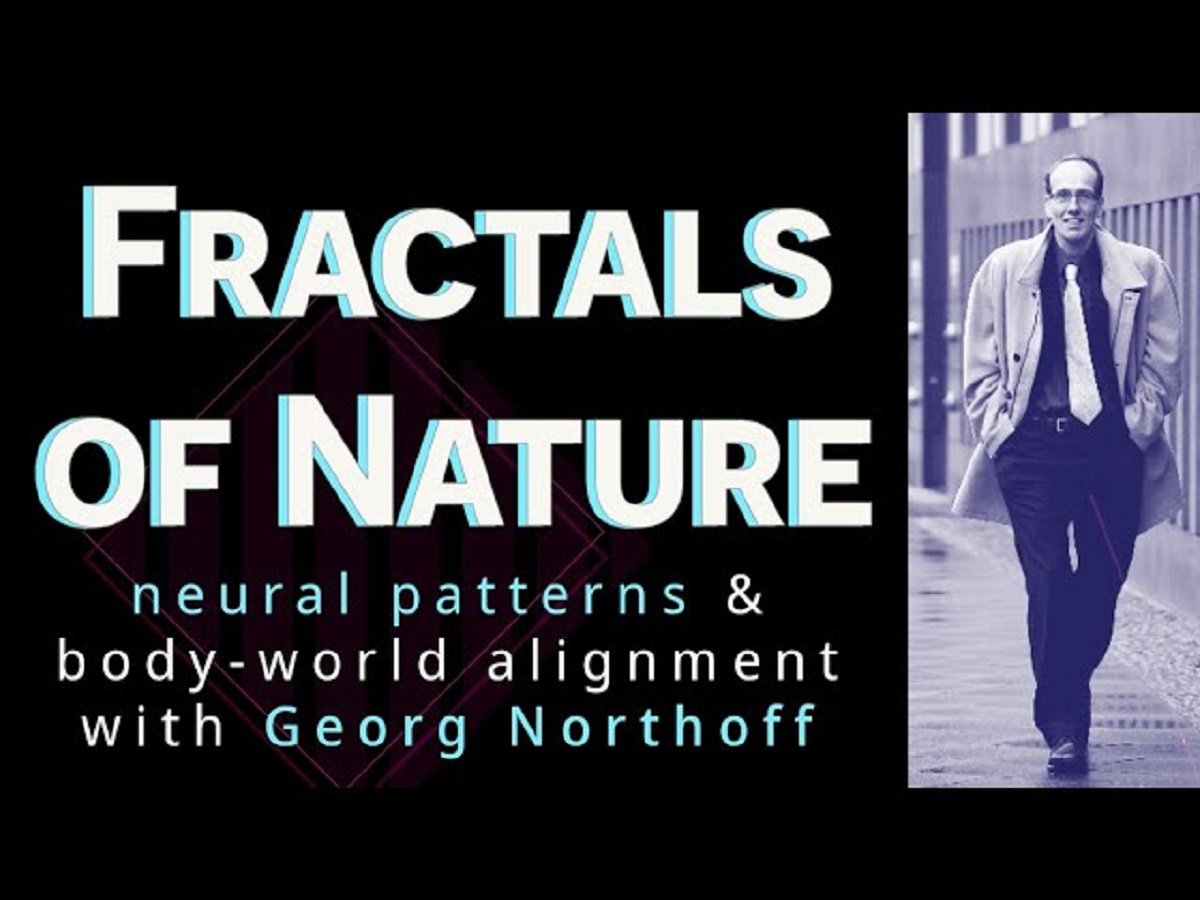Chongqing, often referred to as one of the most futuristic-looking cities in China, has gained international attention for its blend of traditional and modern architecture wrapped in neon lights, which gives the city a distinct cyberpunk aesthetic. In recent years, a specific aspect of this futuristic urban landscape—the “Neon Hanzi Massage Sign”—has become an iconic symbol of Chongqing’s cyberpunk cityscape.
This article delves into the fascinating world of Chongqing’s cyberpunk vibes, focusing on the neon Hanzi massage signs and answering some frequently asked questions about their cultural significance, appeal, and impact on the city’s image.
What is the “Chongqing Cyberpunk” aesthetic?
Chongqing is known for its futuristic architecture, dense urban landscapes, and a plethora of neon lights that illuminate the city at night. The combination of high-rise buildings, towering flyovers, and dense fog that often covers the city creates an atmosphere reminiscent of cyberpunk films like Blade Runner. The neon lights, particularly the colorful Chinese characters (Hanzi) that advertise various services, give Chongqing a unique and somewhat dystopian yet intriguing feel.
The city’s natural topography of hills and rivers, combined with its dense urban development, creates a vertical cityscape. Neon signs, often advertising small businesses like massage parlors, restaurants, and local shops, are scattered across these towering buildings, adding to the overall cyberpunk aesthetic.
Why are “Neon Hanzi Massage Signs” so prominent in Chongqing?
The prominence of neon signs, especially those advertising massage services, stems from several factors. First, neon signage has been a part of China’s urban landscape since the 20th century, especially in commercial areas. Chongqing, being one of China’s major cities, naturally adopted this trend. However, its dense and complex architecture, paired with the dimly lit streets, amplified the impact of neon lights, especially at night.
Massage parlors are common in China, and the neon Hanzi signs used to advertise them are usually large, bright, and visible from afar. These signs feature simple, yet bold Chinese characters (Hanzi) like “按摩” (ànmó, meaning massage) and “足疗” (zúliáo, meaning foot therapy), often in a variety of vibrant neon colors, attracting passersby and adding to the bustling, cyberpunk-like atmosphere.
What role do these signs play in the “cyberpunk” feel of Chongqing?
In the cyberpunk genre, cities are often portrayed as dense, futuristic metropolises with a mix of high-tech advancements and gritty, underground culture. Neon lights, advertising services, entertainment, and businesses, are a staple in cyberpunk imagery. Chongqing, with its towering skyscrapers, foggy weather, and neon Hanzi signs, embodies this aesthetic in real life. The massage signs, in particular, contribute to this atmosphere by giving the city an edgy, slightly mysterious vibe. They reflect the fusion of modernity and tradition that defines cyberpunk: an advanced urban society but one still grounded in basic human needs and services.
What are some popular areas in Chongqing to experience the neon Hanzi massage sign culture?
Some of the most popular areas to see the neon Hanzi signs include:
- Jiefangbei: A commercial district in Chongqing that boasts some of the brightest and largest neon signs, advertising everything from restaurants to massage parlors.
- Hongya Cave: While known for its traditional architecture, at night, the area comes alive with neon lights, adding to the cyberpunk experience.
- Shibati Old Street: This historic street offers a more traditional take on Chongqing, but you can still find neon Hanzi signs mixed with older buildings, creating a unique blend of the old and the new.
Are the massage parlors advertised by these neon signs legitimate?
While some massage parlors offer legitimate therapeutic services such as foot massage or traditional Chinese body massage. Others may have reputations for offering less reputable services. It’s important to research and choose massage parlors wisely, particularly if you are unfamiliar with the area or language. Reading online reviews or asking locals for recommendations is a good way to ensure you’re selecting a reputable business.
What is the cultural significance of neon Hanzi signs?
Neon Hanzi signs have become synonymous with the hustle and bustle of urban life in cities like Chongqing. They represent the vibrancy of the local economy, small businesses, and the fast-paced nature of urban China. The characters themselves carry a rich cultural heritage, rooted in Chinese script, while the neon colors reflect a modern, fast-paced society.
What has led to the global fascination with Chongqing’s cyberpunk aesthetic?
Social media platforms like Instagram, TikTok, and YouTube have played a significant role in bringing Chongqing’s cyberpunk aesthetic to global attention. Photographers and content creators from around the world flock to the city to capture its neon-lit streets, misty alleyways, and towering buildings. The striking visuals of neon Hanzi signs combined with Chongqing’s unique urban layout have made. The city a hotspot for cyberpunk enthusiasts.
How does Chongqing’s aesthetic compare to other cyberpunk cities?
While cities like Tokyo, Hong Kong, and Seoul are often cited as cyberpunk inspirations. Chongqing stands out because of its natural landscape, which adds an element of verticality to the urban experience. Its blend of tradition and futurism, combined with a unique topography, creates an aesthetic that feels distinctly Chinese, yet futuristic at the same time.
Conclusion
The “Neon Hanzi Massage Sign” phenomenon is a core part of Chongqing’s urban identity, contributing to its reputation as a real-world cyberpunk city. These glowing signs offer a glimpse into the everyday life of a city. That balances the old with the new. The modern with the traditional, in a way that captivates both locals and visitors. As Chongqing continues to develop, its cyberpunk allure only grows stronger, attracting more people to experience its neon-lit streets firsthand.











